How To Improve Breathing: What Everyone Ought To Know
Taking in a breath of air is probably thought of, by most, as an innate action that all of us just do and have done since birth. It is not a learned activity that has to be taught or figured out, like tying your shoes or riding a bike. We just do this instinctively, but are we doing it the right way or maybe more succinctly put, can we do it better?
This report is going to focus on some strategies on how to improve your breathing such as, foods, vitamins and breathing exercises to improve lung capacity as well as essential oils for breathing.
Why Is Breathing Important?
We are all aware of the importance of proper nourishment that our our bodies require to sustain life. Clean food and water are paramount to our survival as a species. It’s a given fact that the body cannot persevere without water for a few days or food after a few weeks. But what about the air we breathe in? Without that we would reach a life imperiling situation in a matter of minutes.
So, before we explore how to breathe in a manner that best suits our well-being, lets examine some aspects of bodily function and anatomy in terms of breathing.
The Autonomic Nervous System

The autonomic nervous system is a part of our nervous system that manages and regulates internal organs without recognition of consciousness of effort by the body. It consists of two opposing sets of nerves, the sympathetic and parasympathetic nervous systems.
- The sympathetic nervous system adjoins the internal organs to the brain by spinal nerves, which when activated, makes preparations for the body to deal with stress by increasing the heart rate, increasing blood flow to the muscles, and decreasing blood flow to the skin.
- The parasympathetic nervous system is the the involuntary nervous system that aids in slowing heart rate, increasing intestinal and glandular activity, and relaxing the sphincter muscles.
medulla oblongata
The respiratory control centers that control breathing are located in the brainstem, also known as the medulla oblongata. The activity of these respiratory centers can be influenced by a number of factors such as, Oxygen, Carbon dioxide and Hydrogen ions (PH). read more here
This facet of our nervous system governs our breathing habits beneath the veil of our conscience awareness. Which is to say, our breathing is automatic.
Techniques And Tips On How To Breathe Efficiently
Conscious breathing:
Unlike the involuntary subconscious (autonomic) breathing which is typically shallow and feeble, conscious breathing is a method of keeping air going in and out of your body more successfully and reliably with relative ease. This means consciously training yourself to take deeper more fuller breathes.
To maximize a full inhalation of breath, you need go beyond just taking a deep breath into your chest and rib area. A full breath requires getting your stomach involved in the process. When you take that deep breath allow it to expand through the abdomen into the belly so that it completely inflates to the fullest extent. In fact, when taking a deep inhalation in this manner, there should be very little movement in your shoulders and rib area, if any at all. This can be a great stress/trauma response measure. source
In the last 150 years many strides have been made in how to the diaphragm and lymph system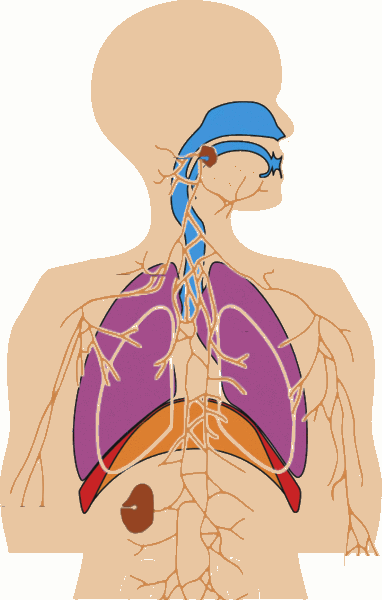
An interesting piece of history:
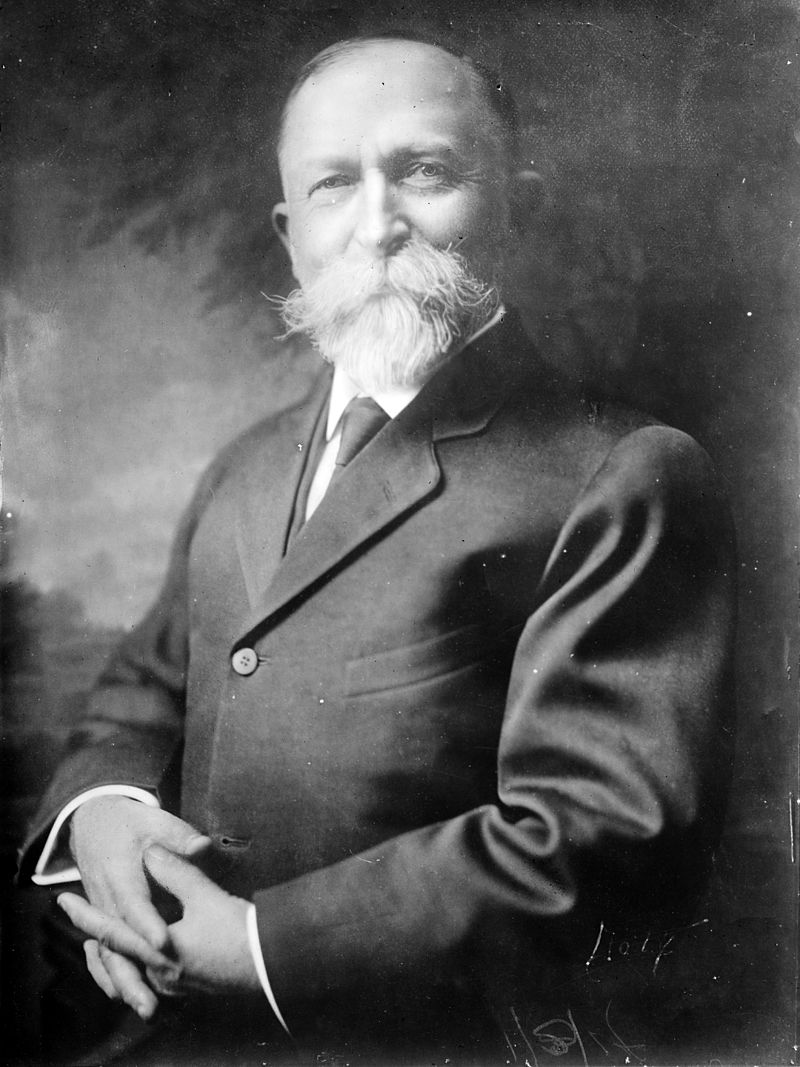
In 1893 John Harvey Kellogg wrote a book titled “The Art of Massage.” Who is John Harvey Kellogg? He was a medical doctor and was an extremely energetic individual. Kellogg practiced a system of health referred to as biologic living. The first thing that likely comes to ones mind regarding the word “Kellogg” is Kellogg’s Cereal of which John Harvey Kellogg was the founder.
Back then his cereal was made from fermented grains and was far more healthy for the gut due to the digestive enzymes and probiotic properties. It wasn’t until his brother took over the company that sugars, preservatives and other additives were introduced and has evolved into what Kellogg’s cereal is today.
Kellogg’s regimen for optimum health was very sound in many areas, but also questionable in others by his contemporaries and those who both practice conventional and naturopathic medicine today. In addition, it is worth mentioning that, although he was deeply religious man, many of those who have probed into his biographical history would find there is much purported suggesting that he also had a disturbingly tainted past. read more here
For the purpose of relevance, we will focus on Kellogg’s book “The Art of Massage: A Practical Manual for the Nurse, the Student and the Practitioner.” Contained is a chapter titled “Special Movements and Breathing Exercises.” Kellogg would give special instructions to his massage patients regarding proper breathing as to how one should be made to conduct special breathing exercises. He goes on to mention that all sedentary persons can benefit from such exercises and how deep breathing is a great aid in gastric digestion.
Kellogg explains that those who suffer from symptoms of slow digestion can reduce those symptoms by applying these deep breathing movements. Also, he indicates that when one is postured in relaxed position with the shoulders forward and chest flattened, the muscles connecting the lower ribs and the sternum to the pelvic bone are loose as opposed to the chest raised in a high position.
A chest raised upward and outward will make the abdominal muscles tight. When the chest and shoulders are angled forward in this way, the diaphragm cannot constrain the liver, stomach and other organs. This form of breathing that was coined at the time by many writers as “abdominal breathing.” Kellogg describes this in his own words as “a great error.” He exclaims that many have done themselves actual injury by leaving the chest inactive while swelling the abdominal muscles.
Kellogg also asserts that the most effective type of deep breathing and in addition, that which influences the stomach, liver and abdominal organs in the strongest way, is when the chest is lifted high while taking a deep breathe and holding that position until the breathing process is completed. He quotes: “this is what the singing masters called – setting the chest.”
There is a section in this chapter that lays out a breathing exercise regimen for those who have sedentary (desk jobs ect…). He explains therein, that because the posture of (for example) a desk worker is confined to a forward position with the chest flat and relaxing the abdominal muscles for extended periods, that much of the blood needed in the muscles and brain go into the vascular area and becomes stagnant. The blood accumulating then loses it’s oxygen.
In the audio below Dr. Phil Meyers talks more about Kellogg and the importance of mindful breathing.
Audio: From the John Moore Show with Dr. Phil Meyers 12/22/2017 – Tip of the day/breathing through your body properly (at the 3:40 mark)
Improving Your Lung Capacity
Vitamins and foods for improved lung health:
- Vitamin D – There are studies that have been published in recent years demonstrating how vitamin D has shown substantial improvements in symptoms of Chronic obstructive pulmonary disease (COPD) read more here and get vitamin D3 here (4.8 star customer reviews)
- Water – Water is essential in keeping the blood circulating to and from the lungs. Also it keeps the lungs hydrated which makes it easier for the cilia to move the mucus along with toxins pollutants and other impurities out.
- Garlic and Onions – Great for the lungs via the fact they reduce inflammation and fight infection.
- Ginger – A spice that also yields anti-inflammatory properties and promotes the elimination of pollutants from the lungs.
- Chili Peppers – Capsaicin (the active compound in chili peppers) improves blood flow, stimulates mucus membranes, and fights infection. see my previous post on chili peppers
- Cruciferous Vegetables – Vegetables such as cabbage, cauliflower, broccoli, are highly renowned for their anti-tumor properties due to antioxidant compounds like sulforaphane and indole-3-carbinol.
- Pomegranates – Pomegranate juice promotes the remission of lung tumor growth and contains many antioxidants including ellagic acid, which has indicated positive results in cancer research.
- Turmeric – This cousin of the ginger family contains curcumin, a compound that encourages the self-destruction of cancer cells. See: the recommended section in the right sidebar on the benefits of turmeric
- Apples – Apples are rich in vitamin E, and vitamin C and all help the lungs function at their best. Eating several apples a week can have fortifying benefits for the lungs. Read more on my post on the bananacado apple smoothie recipe for more on the cancer fighting benefits of apples
- Grapefruit – Grapefruits contain the flavanoid naringin and inhibits the activation of cancer causing enzymes. While white grapefruits contain a high amount of this flavonoid, pink grapefruits have some too along with the antioxidant lycopene. Grapefruits can be highly effective in cleansing the lungs.
- Beans, Seeds, and Nuts – These foods are all rich in magnesium, a mineral that contributes to healthy lung function. The essential fatty acids also provide for good cardiovascular benefits.
- Mushrooms – Mushrooms contain a compound called beta-glucans. Studies have shown that these polysaccharides can help deliver cancer-killing immune cells directly into a tumor. Others sources of beta-glucans include baker’s yeast, oats and barley.
- Green tea – Many Asian cultures consume green tea and the cancer rates in those regions of the world are much lower than here in the US. This has inspired scientists to focus research on a compound in green tea called EGCG, which may slow down and inhibit the growth of tumors. Studies have indicated that green tea may help protect against lung cancer (even among smokers).
- Salmon (served with garlic and black beans) – Recent research has shown that salmon (because of of it’s vitamin D and omega-3 fatty acid content) may help protect against lung cancer. The American Institute of Cancer has published a cancer-busting recipe that combines salmon along with other cancer fighting foods such as garlic and black beans.
Exercise tips to expand lung capacity:
Below are a few exercise techniques for expanding lung capacity.
Exercises for deep breathing:
- The “Mother Breath” technique: This is done by slowly inhaling through the nose for 7 seconds. Hold the breath for 1 second, then slowly exhale through your mouth, with your lips contracted (so there is some resistance), for 7 seconds. Hold for 1 second and repeat the progression. In another variation of this, try lying on your back on your bed with a pillow or cushion behind your neck and under your knees. Position your hands on your stomach just below the rib cage and inhale deeply, allowing for the full expansion in the stomach to push your fingers open. Exhale slowly letting the stomach deflate smoothly. This will retain the air in your lungs for a longer period of time, creating a condition of expansion and improved capacity.
- Exercising under water: Once you have settled on an exercise regimen that you are comfortable
with (stretching, lifting weights ect…) then move your program into the water, submerging yourself up to your neck. While undergoing your exercise routine in this way, the water puts pressure on your body and restricts blood flow to the chest. This will induce your body to work harder to receive air and in so doing, your lung capacity will improve over time.
- Chinese breath exercise: This involves specific arm movements with shorter breathes. This consists of 3 sharp inhalations without exhaling:
- On the first inhalation, raise your arms in front of you parallel to your shoulders
- On the second inhalation, (keeping your arms at the same height) move your arms straight outward (as a scarecrow)
- On the third inhalation, bring your arms straight up (pointing at the ceiling). Then as you are exhaling, make an arc with your arms as you bring them down to your sides.
Perform 10 to 12 repetitions of this cycle.
Video: More tips on proper breathing exercises for strengthening the lungs
Essential Oils That Can Aid In Better Breathing
Here are some essential oils that can be viable remedy for improved breathing (especially if you have respiratory issues such as asthma) including a DIY recipe.
- Lavender – This is said to be the most popular of the essential oils and one of the most highly studied. It is known for its relaxing, sedating attributes, and reduces problems with breathing such as, keeping airway passages clear of inflammation. Great for asthma sufferers. get it here and read reviews
- Peppermint – Peppermint is notorious for its ability to serve as a decongestant and a natural antihistamine. It suppresses the formation of the histamines that shut down airways. Especially effective during allergy season.
- Tea Tree – Tea tree oil works as an expectorant, helping the body break up mucous and phlegm in the airway thus improving breathing. read reviews and get it here
Eucalyptus Oil – Highest Quality Therapeutic Grade Backed by Research – Large 4 oz Bottle with Premium Dropper – 100% Pure and Natural by Essential Oil Labs - Eucalyptus – This is an oil with a strong, instantly recognizable aroma. As another expectorant, this oil has
compounds have been found to help break up phlegm and mucous that can clog the airways, improving breathing in the process. Also, as an antimicrobial, when aerosolized, it’s release in a closed room can eliminate 70% of staphylococci present. Furthermore, this oil is used in countries that do not have other resources at their disposal for disinfecting the air.
4 to 6 drops in a diffuser is recommended with any of the above oils. see here
-
-
-
- Frankincense Essential Oil
One important benefit of frankincense essential oil is its anti-inflammatory nature, which may aid in soothing mucous membranes. It contains monoterpenes, which have an immunomodulatory action which stimulates the immune system and could benefit people with breathing conditions, in particular, asthma. Delivery methods include: adding a few drops to your diffuser, or applying it to your chest as a rub to ease congestion. get it here and read reviews - Oregano Essential Oil
Oregano essential oil has been used to treat an assortment of respiratory disorders. It may help eliminate bacteria that causes respiratory infections and diminish bronchial inflammation. Due to these properties, oregano essential oil is considered to be a natural decongestant. Suggestions for use: place 3 drops in a diffuser filled with water. Let the diffuser run for up to 30 minutes. Essential oils for breathing should never be ingested, and only used for inhalation or topical application. get it and read reviews here
- Frankincense Essential Oil
- Cedarwood Essential Oil
Deemed as a natural decongestant, cedarwood essential oil may help loosen up mucus and improve breathing. Reported to have a cooling and soothing effect, cedarwood essential oil has been used historically for colds and chest congestion. In a 2003 study, cedarwood essential oil was also found to have a sedative and relaxing effect on the autonomic nervous system when inhaled by participants. These characteristics may be useful for those experiencing difficulty breathing at night. Usage: (as mentioned above) 4 to 6 drops recommended in a diffuser. get it here and read reviews
DIY Recipe for respiratory support in children and adults:
Notice: The author from this source makes it very clear that not all essential oils are safe to use around children. You can read more here and also purchase the ingredients below
Ingredients/Supplies
- 25 drops rosalina essential oil
- 15 drops Siberian fir (fir needle) essential oil
- 20 drops cedarwood (atlas) essential oil
- ⅓ ounce amber bottle
- essential oil diffuser
Instructions
- Blend all essential oils together in the ⅓ ounce amber bottle. (I re-purpose old essential oil bottles for this.)
- Cap tightly and swirl to stir.
- Use 3-6 drops in a diffuser (depending on your individual diffuser’s instructions).
Final Thoughts
I if had one thing to pick from in this article that you the reader may yield the biggest takeaway from, it would be to consider trying some of the breathing exercises that I have outlined above. As I mentioned at the top, breathing is something most of us (including myself) sort of take for granted as our autonomic nervous system acts as a kind of auto pilot mechanism for the function of breathing.
The presented information could or should be especially virtuous to those who are suffering from conditions such as asthma, emphysema, COPD or possibly sleep apnea (which I did not cover in this piece). So if you have one of these conditions, I’ll repeat what I always mention in all my posts, which is to talk to your doctor/physician or primary health provider about the information presented here. Although, unlike my other posts, I can’t imagine any side effects from the particular breathing exercises mentioned.
I hope you as a reader have learned as much as I did researching and writing for this article. Also, please feel free to share your thoughts on this work and leave a comment below. I would be most grateful.
Best of health to you
resources:
https://health.howstuffworks.com/human-body/systems/respiratory/lung3.htm
http://www.massageschoolnotes.com/effects-of-massage-kellogg/
http://www.massageschoolnotes.com/effects-of-massage-kellogg/
http://www.trustingod.org/johnharveykellogg
https://lunginstitute.com/blog/vitamins-and-copd/
http://www.organiclifestylemagazine.com/sulforaphane-why-your-cells-need-cruciferous-vegetables
https://www.healwithfood.org/lungcancer/diet.php
https://www.ncbi.nlm.nih.gov/pubmed/17895634
https://www.bcanbetaglucan.com/clinical-studies/
http://healthyeating.sfgate.com/egcg-green-tea-8453.html
https://www.ohcare.com/cancer-fighting-recipe-garlic-salmon-black-bean-sauce/
https://sunwarrior.com/healthhub/foods-for-lung-health
https://www.thealternativedaily.com/5-foods-can-help-stop-spread-lung-cancer/
https://livewell.jillianmichaels.com/exercises-increase-lung-capacity-4259.html
http://www.centerchem.com/Products/DownloadFile.aspx?FileID=6432
https://swiftcraftymonkey.blogspot.com/2012/02/essential-oils-cedarwood-science-of.html
https://essentialoilexperts.com/breathe-easy-essential-oil/
https://www.diynatural.com/essential-oils-for-breathing-problems/
-
-

![By Images are generated by Life Science Databases(LSDB). [CC BY-SA 2.1 jp (https://creativecommons.org/licenses/by-sa/2.1/jp/deed.en)], via Wikimedia Commons](https://upload.wikimedia.org/wikipedia/commons/0/01/Medulla_oblongata_small.gif)

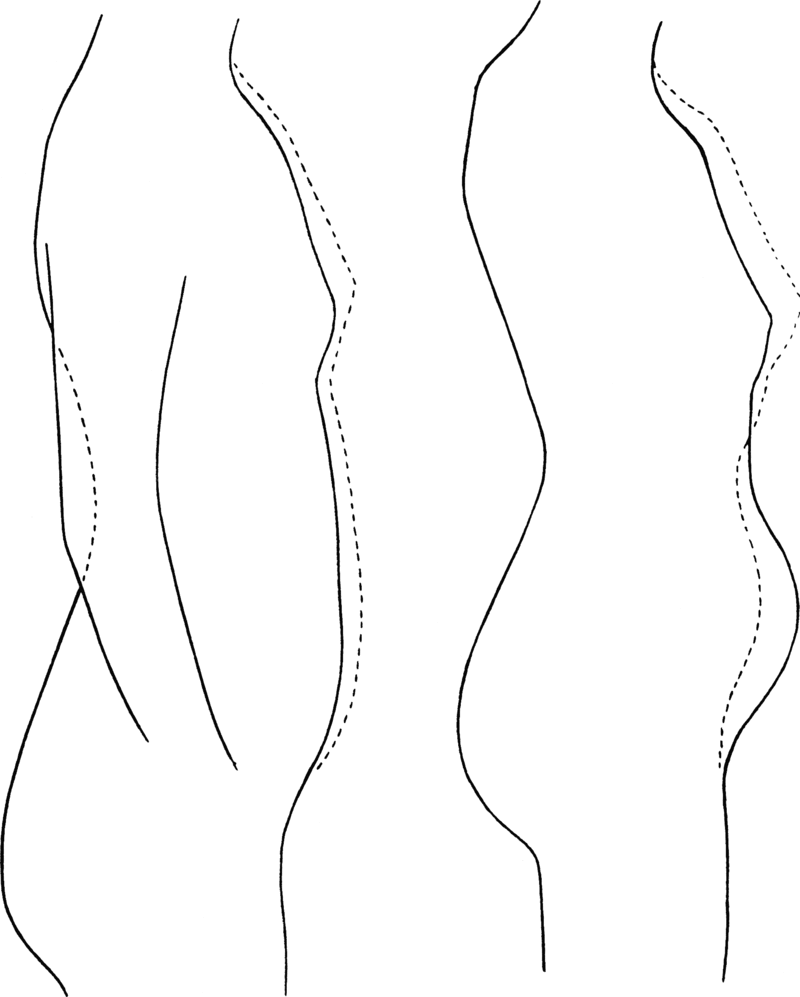
![By NIH [Public domain or Public domain], via Wikimedia Commons https://upload.wikimedia.org/wikipedia/commons/4/4b/Lymphatic_system2.png](https://upload.wikimedia.org/wikipedia/commons/4/4b/Lymphatic_system2.png)
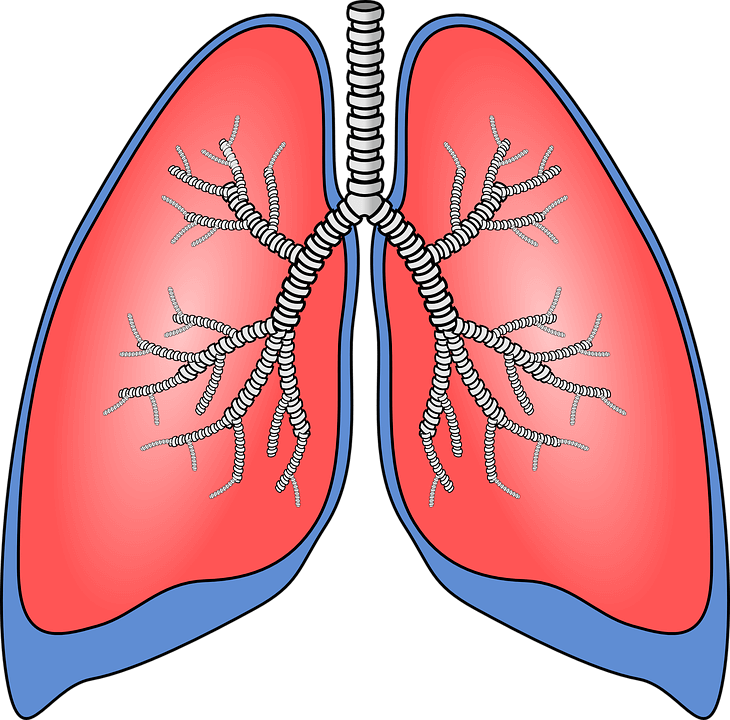

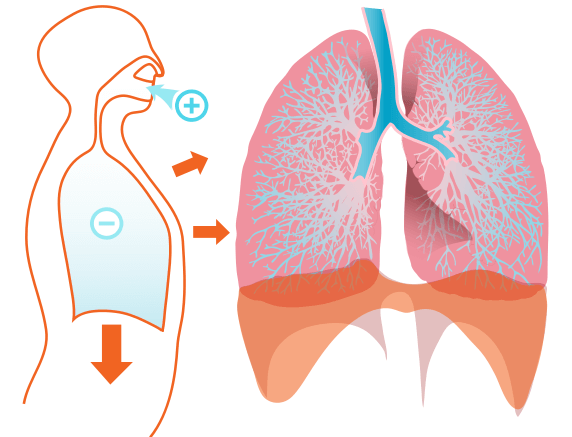
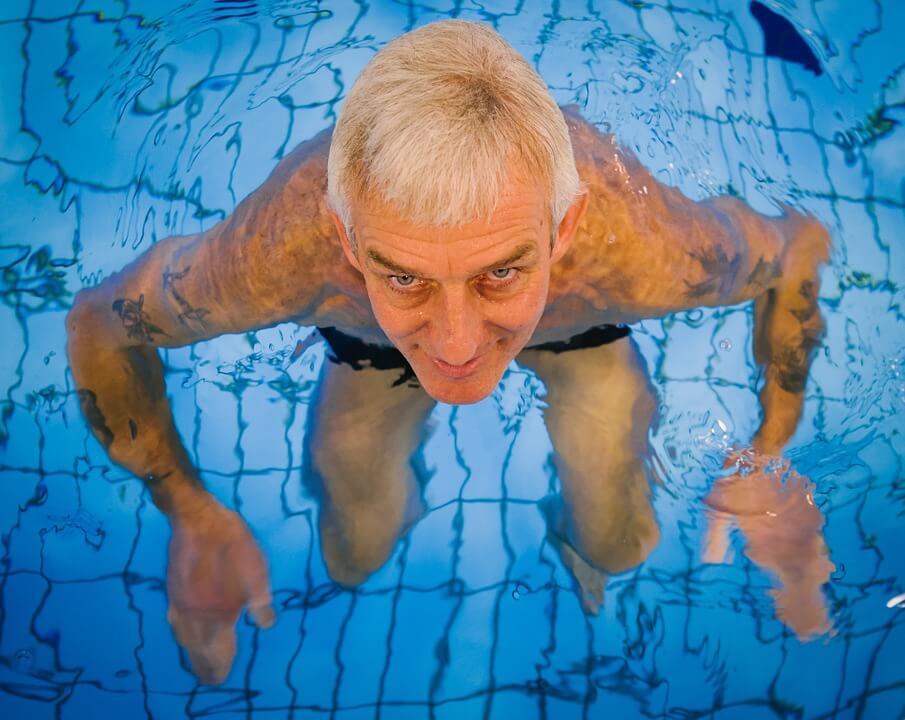 with (stretching, lifting weights ect…) then move your program into the water, submerging yourself up to your neck. While undergoing your exercise routine in this way, the water puts pressure on your body and restricts blood flow to the chest. This will induce your body to work harder to receive air and in so doing, your lung capacity will improve over time.
with (stretching, lifting weights ect…) then move your program into the water, submerging yourself up to your neck. While undergoing your exercise routine in this way, the water puts pressure on your body and restricts blood flow to the chest. This will induce your body to work harder to receive air and in so doing, your lung capacity will improve over time.
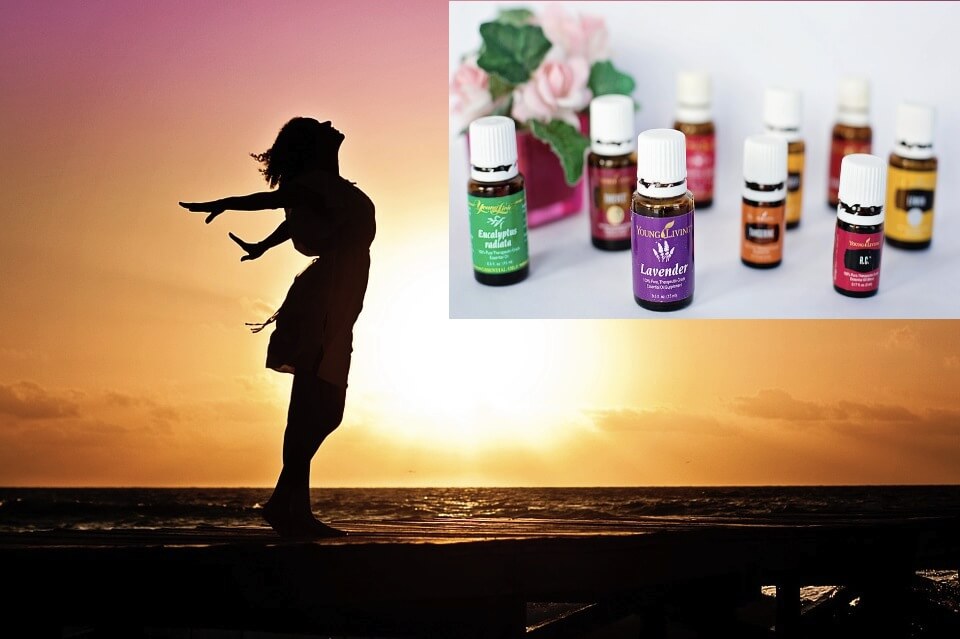


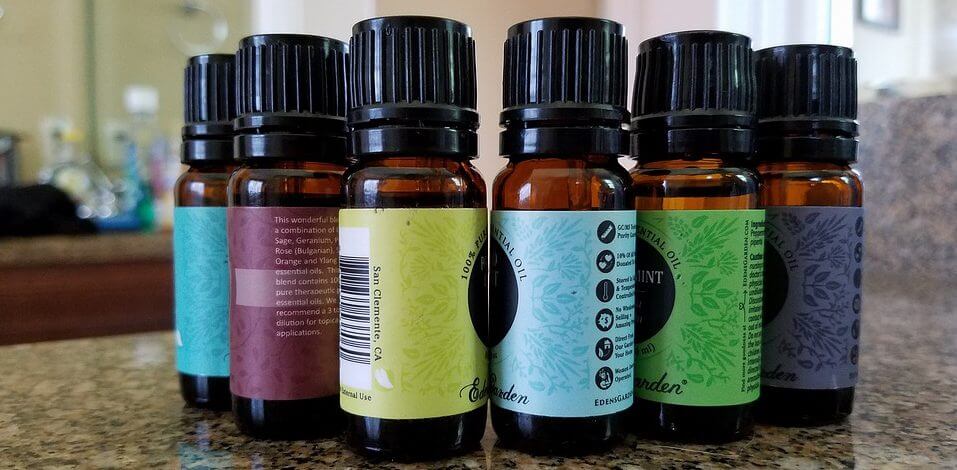
wow, awesome article! I’ve been doing a bit of research on this topic as my son has got right into the health benefits of meditation and breathing exercises. The more information I find out, the more I realise just how important it is to improve my breathing and to breathe mindfully. I really liked finding out about the list of healthy lung foods… there’s a few on my list that I need to add into my diet! Thanks for sharing, Cheers, Karen https://writingforcash.com
Hi Karen,
I have been practicing some of these exercises over the last couple of days and notice a sense of calm and clarity come over me. I need to add some of these foods to my diet as well. I had no idea how supplemental to these foods could be to improved breathing until I looked into it. By the way, your the second commenter on this thread that has a direct relative with a knowledge base on this topic. I think that is so awesome!
Thank you and bless you for for taking the time to read and comment, Brad
Hi..
A very interesting and essential topic.. Present time, where global warming is at its high, people need to learn on ways of breathing to survive.. Your article serves this.. Also availability of various essential oil aiding to help in breathing and informing about it is a best initiative to help people.. The scientific terms related to breathing process are also put in such simple way that any individual can easily grasp it.. Keep it up…
Hi Huzefa,
Thanks for weighing in. My goal in this post (as in all my posts) is to present it in such a way that I myself would want it displayed as a reader. Which for me, means (as you alluded to) keeping it simple. This way the information the is much easier to process for folks like myself who are not particularly verse in the the more complex terminology.
Thank you so much for your input, much appreciated.
Blessings to you, Brad
Another wonderful article full of incredible information.
I remember back when I was young and I would be sitting on the couch reading. My mom would say “Rick!” I would look up and she would tell me, “I couldn’t hear you breathing or see your chest moving.”
I always thought that was funny but I guess it might not be. Sometimes I get so focused on my work that I think I just zone out and am in the moment. Breathing is an after thought.
You have given me some great things to think about.
Yes Rick, I must confess that breathing is something that I’ve never given much thought to until the last couple of years and after listening to the recent interview with Dr. Phil Meyers in which i embedded into the article, I decided to do some thorough research on proper/deep breathing and i’m glad i did. Thank you much for your time to read and comment.
Much thanks and gratitude, Brad
As someone suffering from allergies all through the year, I thank you. You’ve given tons of information in this article and I will bookmark for it for the future.
You are very welcome Ben and thank you for taking the time to read and comment. I hope this piece can bring some applied value in providing remedy for your allergies.
Be well and God bless,Brad
Hi Brad, This is a truly wonderful article on breathing properly. My late Father was a great proponent of breathing the correct way.. He was instructed in this when in Japan. The Japanese call the people from the West. the shallow breathers. It is interesting just how important it is for the entire body. I respect all this hard work that you have done to make it so clear. Thank you. Wishing you the best with this article and also with your time with Wealthy Affiliate. Kind regards, Jill
Hi Jill,
That’s great to know that your father was trained in proper breathing technique and interesting (but not surprising) that the people in the west are referred to by the Japanese as the “the shallow breathers” I’d submit that in eastern philosophy overall, there is a lot more knowledge in this regard than here in the west in the aggregate. I appreciate your acknowledging the hard work in presenting this information, but I also look at it like a labor of love. I really enjoy researching, learning and writing on this information. Delightful comments like yours make it all the more worthwhile.
Thank you and God Bless with much Gratitude, Brad
You are so right that most of us take breathing for granted since our autonomic system automatically takes care of that. I am aware of some breathing techniques out there, but some of the ones you presented here are new to me. I did not know grapefruits and green tea can be good for lung health. That is good to know since I drink a lot of green tea. I liked how you go in detail give examples on the different breathing techniques and how to properly perform them with the help of images. I am a visual learner, so that was very helpful.
I always think food as medicine. Good, healthy, and nutritious foods provide our body the raw materiel to regenerate and repair our cells and fight free radicals. I am glad you mentioned food as one of the ways to improve lung health.
Using essential oil is also great way to improve breathing. You have a great recipe there. I will have to try it out some time in the future. I normally use peppermint essential oil for relaxation and to improve my breathing when I have a cold, and it works great.
Thank you for sharing this invaluable information with us. I am sure many will benefit from this article. Will share this article on my facebook and google plus. Looking forward to your next post.
Hi Hong,
Thanks for chiming in. And yes, i myself was amazed at what these foods and essential oils can do for respiratory health and the studies that provide strong evidence thereof. Also, you mentioned the peppermint oil i’ve heard much about that over the years and your applied knowledge in using it gives even more affirmation for wellness and especially respiratory health. Thank you so much for mentioning that. Also, something you might find interesting Hong, I found a quote from a customer of another organic sulfur retailer in a review stating that (amoung other benefits) organic sulfur helps for (in her words) “breathing easier”. Which makes sense how oxygenating your body with sulfur can benefit respiratory health as well. Which is just another reason i’m so pleased that you promote sulfur.
Thank you so much for time to share your thoughts and add such wonderful comments to my posts.
With Gratitude, Brad
Great article Brad. I learned deep breathing singing with Sweet Adelines and we did deep breathing exercises each rehearsal. While I have always been short of breathe which makes me so NOT a runner, the exercises were very helpful in increasing my stamina. Pushing the stomach in to force the air out makes you automatically breathe in deeply taking in more air. It is a learned technique that does not come naturally for me. I try to remember to do deep breathing when I can’t sleep and before exercising. Essential oils are worth trying and the exercises you outlined are great. Keep up the good work and looking forward to your next article.
I still remember that time i went and saw you sing with sweet adelines several years ago and how crisp and resonant the vocal harmonies were. I can see where those exercises pay off. As quoted from John Harvey Kellogg in the article “this is what the great singing masters referred to as setting the chest”
Thanks for commenting, love ya and talk soon, Brad
In my opinion, the best way to improve breathing is to start doing sport, especially running will be very helpful. Will you agree with that?
I would say that sports and exercise activities like ones that involve jogging and or running, which help induce heavier and deeper breathing, are very effective for improving cardio/respiratory health.
I’d tend to agree to the extent that these “types” of activities are likely the best. However, knowing how to properly take those breaths and practice them til it becomes second nature is very valuable as well.
I think this is especially important for those who are either elderly or handicapped in such a way that they are unable to engage in running activities.
In short, getting out and taking a jog a couple/three times a week is certainly bound to expand your lung capacity. Add sound breathing technique to that and you can’t go wrong, in my estimation.
Thank you for your thoughts. Great insights.
Blessings and the best of health to you, Brad
I liked your work and the way in which you have shared this article here about breath exercise. It is a beneficial and helpful article for us. Thanks for sharing an article like this. Write some about lung training device
Thank you so much for the comment! I’m glad that you found value in the piece. I will look further into into your lung training devices.
Blessings, Brad